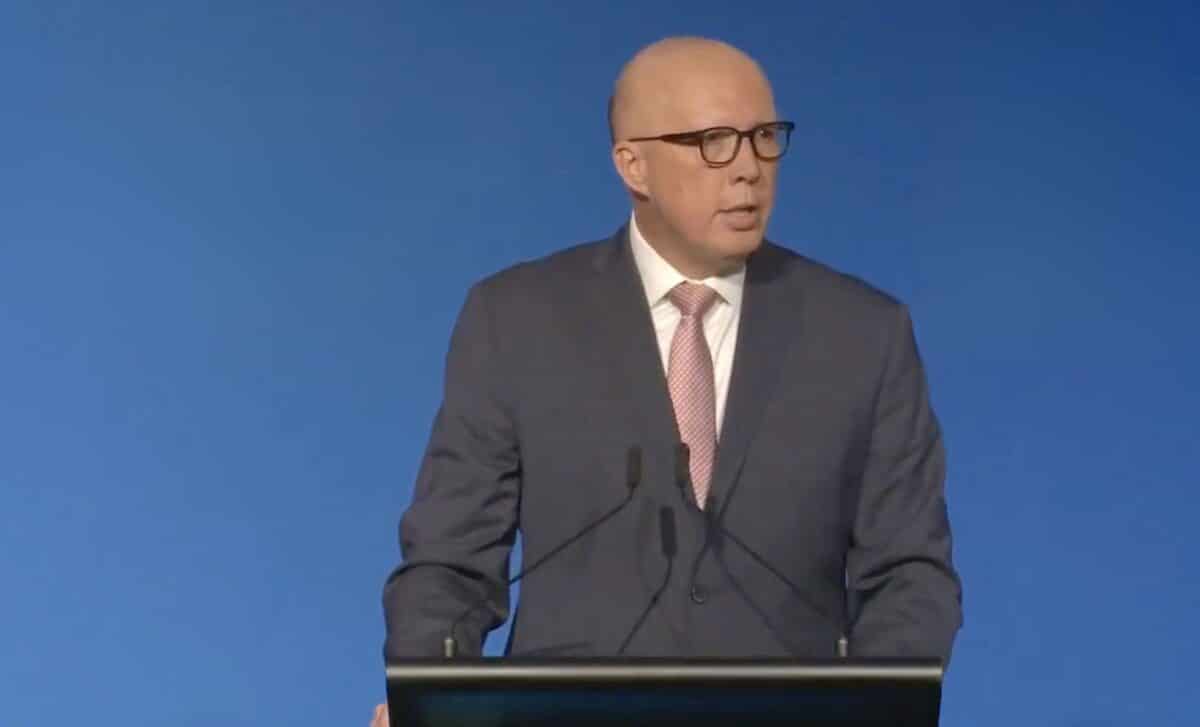The Coalition has found itself in a tight spot after committing to reduce the Australian public service workforce by 41,000 roles over the next five years.
According to recent data from the Australian Public Service Commission (APSC), the opposition’s pledge to cut these positions through “natural attrition” could inadvertently impact frontline services, threatening the party’s promise to protect essential roles.
The Intricacies of the Coalition’s Public Service Cuts
In a bid to curb “wasteful spending,” opposition leader Peter Dutton has redefined the Coalition’s approach to downsizing the public service. Initially promising to slash 41,000 positions, Dutton amended his plan to one involving a gradual reduction through attrition.
This shift would involve no redundancies and an enforced hiring freeze to prevent the federal workforce from exceeding the projected 213,439 roles outlined in the latest budget. However, despite these adjustments, Dutton has insisted that no frontline staff or critical agencies will be impacted by the cuts.
Figures from the APSC highlight that in 2024 alone, nearly 12,000 public servants departed, with over half of these separations coming from frontline agencies like the Department of Defence, Home Affairs, and Services Australia.
According to the APSC, the majority of these exits were from essential, service-delivery positions, such as those in call centres or client-facing roles. With such a large portion of staff leaving in these vital areas, the Coalition may be left with no choice but to replace them, raising doubts about whether their pledge to avoid frontline cuts is feasible.
The challenge of protecting frontline services while reducing the workforce
Services Australia is one of the largest agencies affected by the attrition policy. In 2024, it experienced a significant loss, with more than 3,500 staff leaving, which represented roughly 30% of all separations in the federal public service that year.
The agency, which manages income support payments, relies heavily on staff in service-delivery positions. In total, about 66% of its workforce is employed in roles that require direct interaction with the public.
Given these statistics, it is clear that the Coalition’s hiring freeze would likely require the replacement of these crucial staff members to maintain service levels, potentially breaching the promise to avoid cuts to frontline services.
Meanwhile, other large departments like the Australian Taxation Office (ATO) and the Department of Defence are also facing similar challenges. The ATO alone saw over 1,000 staff leave in 2024, with a majority in non-managerial positions.
While these roles may not be directly involved in frontline services, the overall impact of these separations could still affect the delivery of key public services, adding another layer of complexity to the Coalition’s targets.
Historical Precedent for Downsizing and Its Effects on the Public Service
Historically, attempts to downsize the Australian public service have been met with mixed results. Under former Prime Minister Tony Abbott, the Coalition implemented an attrition strategy that led to a reduction of nearly 12,000 roles.
However, this approach left many areas understaffed, particularly in critical departments, which led to inefficiencies and delays in service delivery. The current plan, while relying on natural attrition and a freeze on hiring, risks repeating these issues if the government cannot clearly identify which positions will remain untouched.
While the Coalition’s public service cuts aim to reduce government spending, the real challenge lies in balancing fiscal responsibility with the need to maintain the efficacy of critical services. Whether this new plan will succeed in achieving both objectives remains uncertain.









